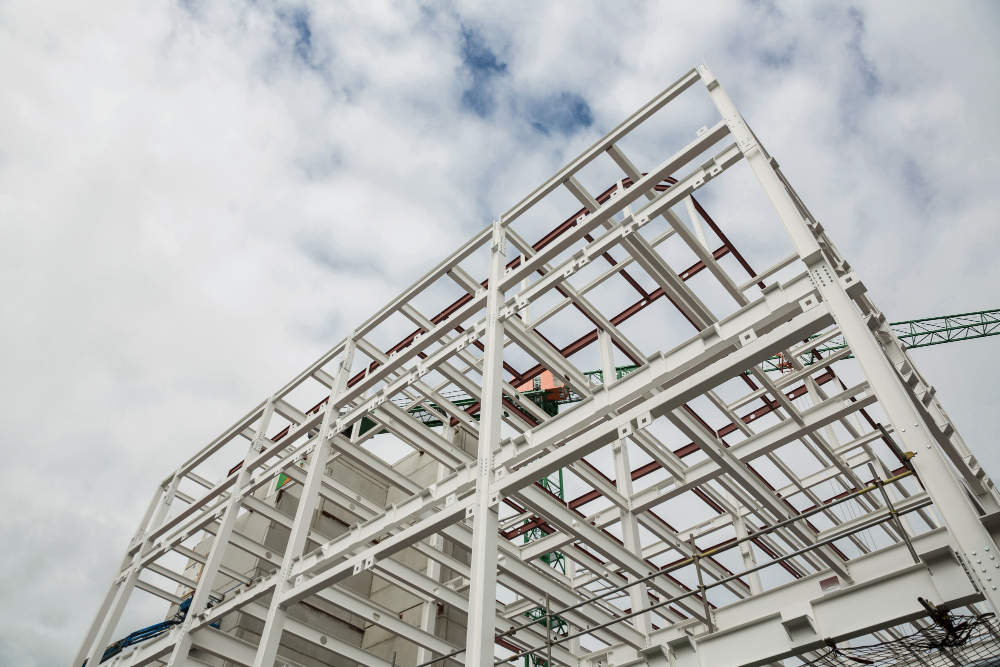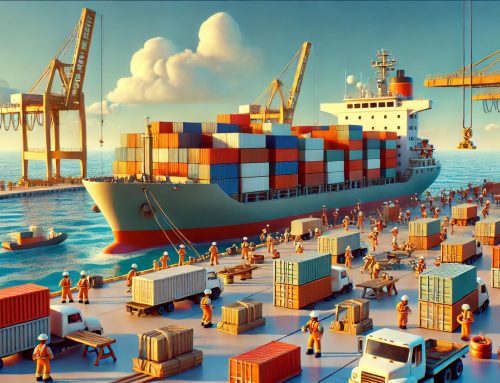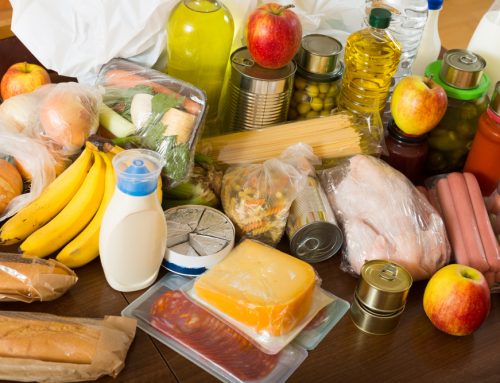April 29, 2024
Nothing is more important to us than the well-being of our people and the health of our environment. Wherever we have worked, we have invested for the future and strived to build a sustainable world. We enable society to be the best it can be. We feel responsible; we always have. We are proud to be steel.
Key facts:
- More than 40 worldsteel members have been recognised as worldsteel Sustainability Charter Members, reaffirming their commitment to the updated 9 sustainability Principles.
- Steel is an integral part of the circular economy promoting zero waste, reuse of resources and recycling, thus helping build a sustainable future.
- Steel helps people in times of natural disasters; earthquakes, storms, flooding, and other catastrophes are mitigated by steel products.
- Sustainability reporting at a global level is one of the major efforts that the steel industry undertakes to manage its performance, demonstrate its commitment to sustainability and to enhance transparency. We are one of the few industries to have done so since 2004.
2. A healthy economy needs a healthy steel industry providing employment and driving growth.
Key facts:
- Average world steel use per capita has steadily increased from 150kg in 2001 to around 220 kg in 2022, making the world more prosperous.
- Steel is used in every important industry: energy, construction, automotive and transportation, infrastructure, packaging and machinery.
- By 2050, steel use is projected to increase by around 20% compared to present levels in order to meet the needs of our growing population.
- Skyscrapers are made possible by steel. The housing and construction sector is the largest consumer of steel today, using more than 50% of steel produced.
3. People are proud to work in steel.
Key facts:
- Globally, over 6 million people work for the steel industry.
- The steel industry offers employees the opportunity to further their education and develop their skills, providing on average 7.8 days of training per employee in 2022.
- The steel industry is committed to the goal of an injury-free workplace and organises an industry-wide safety audit on Steel Safety Day every year.
- steeluniversity, a web-based industry university delivers education and training to the current and future employees of steel companies and related businesses, offering more than 30 training modules.
- The injury rate per million hours worked has decreased by 82,3 % over the past 15 years (2006-2020).
4. Steel cares for its community.
Key facts:
- In 2019, the steel industry $1,663 billion USD to society directly and indirectly, 98% of its revenue.
- Many steel companies build roads, transport systems, schools and hospitals in the areas around their sites.
- In developing countries, steel companies are often more directly involved in the provision of healthcare services and education for the wider community.
- Once established, steel plant sites operate for decades, providing long-term stability in terms of employment, community benefits and economic growth.
- Steel companies generate jobs and substantial tax revenues which benefit the local communities in which they operate.
5. Steel is at the core of a green economy.
The steel industry does not compromise on environmental responsibility. Steel is the world’s most recycled material and 100% recyclable. Steel is timeless. We have improved steel production technology to the point where only the limits of science confine our ability to improve. We need a new approach to push these boundaries. As the world looks for solutions to its environmental challenges, all of these depend on steel.
Key facts:
- Around 90% of water used in the steel industry is cleaned, cooled and returned to source. Most of the loss is due to evaporation. Water returned to rivers and other sources is often cleaner than when extracted.
- The energy used to produce a tonne of steel has been reduced by around 60% in the last 50 years.
- Steel is the most recycled material in the world, with around 680 Mt recycled in 2021.
- In 2022, the recovery and use of steel industry co-products has reached a worldwide material efficiency rate of 97.65%.
- Steel is the main material used in delivering renewable energy: solar, tidal, geothermal and wind.
6. There is always a good reason to choose steel.
Key facts:
- Steel is safer to use because its strength is consistent and can be designed to withstand high-impact crashes.
- Steel offers the most economic and the highest strength to weight ratio of any building material.
- Steel is the material of choice because of its availability, strength, versatility, ductility, and recyclability.
- Steel buildings are designed to be easy to assemble and disassemble, ensuring big environmental savings.
- Steel bridges are four to eight times lighter than those built from concrete.
7. You can rely on steel. Together we find solutions.
For the steel industry customer care is not just about quality control and products at the right time and price, but also enhanced value through product development and the service we provide. We collaborate with our customers to improve steel types and grades constantly, helping to make the customer manufacturing process more effective and efficient.
Key facts:
- The steel industry publishes the advanced high-strength steels application guidelines, actively assisting automakers in applying them.
- The steel industry provides steel life cycle inventory data of 17 key products which helps customers understand the overall environmental impact of their products.
- The steel industry proactively participates in national and regional certification schemes, helping to inform customers and enhance supply chain transparency.
- The steel industry has invested well over €80 million in research projects in the automotive sector alone to offer viable solutions for affordable and efficient vehicle structures.
8. Steel enables innovation. Steel is creativity, applied.
Key facts:
- New lightweight steel makes applications lighter and more flexible while retaining the required high strength.
- Modern steel products have never been more sophisticated. From smart car designs to high-tech computers, from cutting edge medical equipment to state-of-the-art satellites.
- Architects can create any shape or span they desire and steel structures can be designed to suit their innovative designs.
- New and better ways of making modern steel are invented every year. In 1937, 83,000 tonnes of steel were needed for the Golden Gate Bridge, today, only half of that amount would be required.
- Over 75% of the steels in use today did not exist 20 years ago.
9. Let’s talk about steel
We recognise that, because of its critical role, people are interested in steel and the effect it has on the global economy. We are committed to being open, honest and transparent in all our communications about our industry, its performance and the impact we have.
Key facts:
- The steel industry publishes data on production, demand and trade at national and global levels, which is used for analysing economic performance and making forecasts.
- The steel industry presents its sustainability performance with 8 indicators on a global level every year.
- The steel industry proactively participates in OECD, IEA and UN meetings, providing all the information required on key industry topics which have an impact on our society.
- The steel industry shares its safety performance and recognises excellent safety and health programmes every year.
- The steel industry collects CO2 emissions data, providing benchmarks for the industry to compare and improve on.
Source: World Steel Association
Legal Notice: The information in this article is intended for information purposes only. It is not intended for professional information purposes specific to a person or an institution. Every institution has different requirements because of its own circumstances even though they bear a resemblance to each other. Consequently, it is your interest to consult on an expert before taking a decision based on information stated in this article and putting into practice. Neither Karen Audit nor related person or institutions are not responsible for any damages or losses that might occur in consequence of the use of the information in this article by private or formal, real or legal person and institutions.






